Comparing the Synology DS920+ vs the DS918+ NAS Drive
Buying a brand new NAS in 2020 is a lot easier than it would have been as little as five years ago. The hardware landscape of network-attached storage has changed dramatically for the better and now most modern NAS solutions are exceptionally evolved in both hardware and software architecture. If you are looking for a brand new NAS drive that hits a sweet spot between price and power, then chances are that the brand new Synology DS920+ that was recently announced features a lot of potentials for you to experiment with. However, the DS920+ is not the only Synology 4 Bay NAS available in the market and the DS918+, although almost 3 years older, provides a similar level of NAS software and hardware support. Add to this the fact that the older DS918+ is almost certainly available to you at a price point that is a noticeable degree less than the DS920+ at launch, and you are left with the difficult decision of choosing between in the new and the old. Luckily for you, I have taken the time to take a good hard look at these two NAS drives from Synology and hopefully, we’ll be able to help you decide which one best suits your storage needs. So let’s take a look at the pros and cons of the Synology DS920+ and DS918+ and see how they compare.
What can Both of the Synology DS920+ and DS918+ NAS Do?
Of course, if you are going to go to the trouble of spending hundreds of pounds on a good network storage solution, whether as an alternative to cloud services like DropBox and Google Drive, or as a means of streaming all of your media, then chances are that you want to be doubling sure that it is going to be able to perform the tasks you need. Below is a quick summary of what both of the DS918+and DS920+ can perform:
- Both units feature the Intel-based processors for a good price vs hardware balance
- Both the DS920+ and DS918+ are constructed of plastic desktop compact chassis, thereby reducing power consumption, noise and heat generated
- Both can Stream and Transcode on the fly (so, live) 1080p HD or 4K media, with superior performance natively and mid-range performance in Plex
- Both the Synology DS920++ and DS918+ NAS support AI-supported photo and ‘thing’ recognition supported to a very high degree from the free branded software included
- For Business users who currently enjoy the use of G Suite or Office 365, both of these NAS provide excellent means to backup your mass cloud accounts (as well as natively sync, dupe and configure rules on the fly)
- Both the DS918+ NAS and DS920+ NAS support snapshots, for more incremental and version protecting failsafe in efforts to protect you from Malware and Ransomware attacks, by allowing multi-versioning storage history to browse through and restore
- Both units are DLNA certified so can be accessed, browsed and played from by popular DLNA devices, such as Amazon Firestick, Alexa, Google Home Chromecast, Apple TV, Bose, Sonos, iPads, etc, as well as connectivity between these platforms with IFTTT
- Both are multi-bay, RAID enabled devices NAS devices that support JBOD, RAID 0, RAID 1, RAID 5, RAID 6 and RAID 10 (Synology Hybrid RAID too for their Plus series range), as well as supporting the very latest SATA based 14TB and 16TB NAS Hard Drives from brands like WD Red, Seagate Ironwolf, Western Digital UltraStar and Seagate EXOs media.
- Both units can be expanded too with the Synology using a DX517 (independent storage) to increase total available storage availability, as well as allow the partial and gradual population of media
- Both devices run on their own proprietary operating system that can be accessed remotely or locally. These include regular updates to the firmware, security patches, applications and more. Ranging from multimedia, home and multi-tiered backup applications, to more business end tools such as Surveillance software, Virtual Machine deployment and business-class backup and synchronization tools.
- Both the DS918+ and DS920+ use and can be accessed equally by a multitude of mobile applications such as DS File, DS Video, Moments, DS Photo, DSCam and DS Music that are created by and constantly improved by Synology.
- Both NAS are completely compatible with Windows, Android and Mac systems, as well as acting as a bring between software platforms to share and distribute files for migration and file sync (with improvements in newer DSM 7.0 later in 2020 to Mac Finder file streaming and file pinning
- Both units can be used as a mail and/or business servers, providing excellent 3rd party CRM and first-party CMS systems, as well as the fantastic Synology collaboration Suite of applications Chat, Drive, Mail, Calendar, Office and Active Backup Suite
So, regardless of whether you buy the DS918+ or DS920+ NAS, you are going to have a remarkably functional NAS drive. But, let’s dig a little deeper into the differences between these two devices.
Synology DS920+ vs the DS918+ NAS – Design
In terms of physical design, externally both the DS920+ and DS918+ are remarkably similar internally and near-identical externally. Both of these NAS devices are designed to provide compact and energy-efficient chassis design, limiting power consumption, the heat generated, and noise levels overall. The diskstation 4-bay chassis from Synology has been around in its current chassis form for around 3 years now (with previous generations using a different chassis) and is quite easy on the eye. In terms of design, both inside and outside it is near impossible to give an advantage of any kind between the DS920+ and DS918+, as they are of the same inside and out practically. Regardless of the fact that there are almost 3 years of time between the release of both of these NAS’, Synology has maintained their aesthetic design and construction choices into this casing right the way down to little tweaks such as click and load drive trays, ventilated logo panels on the side and relatively toolless installation of all parts. Despite the fact it is near impossible to present a preferred choice between the DS920+ and the DS918+ in terms of design, I have to give the tiniest slither of an advantage to the DS920+, simply because of it’s longer time on sale and therefore better price point currently. Aside from this simple case of marginal value for money, there’s no real difference between them in design.
Synology DS920+ vs the DS918+ NAS – Hardware
Much like the design rhetoric of Synology NAS generally, the hardware design and choices of internal components are very similar on both generations of this Synology diskstation NAS family. Both the Synology DS920+ and DS918+ provide support of up to 4 SATA media drives internally which can be expanded down the line with an eSATA connected official DX517 expansion. These media bays are additionally supported by two dedicated NVMe SSD bays built into the base of the device, that support multiple types of SSD caching integration resulting in improved internal read and write performance gained from the traditional HDD RAID configuration inside. Additionally, both of these NAS’ support exactly the same ports and connections with 1Gbe LAN Port that with the aid of link aggregation allowing up to 200 Megabytes per second file transmission, as well as two USB 3.0 ports for connecting supported peripheral devices for expanding your network hardware architecture and backup tiers. Internally is where we find distinctions between these two NAS devices, with noticeable differences between generations of the CPU and memory allocated to the newer generation DS920+ that surpasses that in many ways of the DS918+ released earlier. The DS920+ arrives with an improved and new generation CELERON processor that IS superior to the one found in the DS918+ in almost every single way, with a higher performance speed, higher floating-point & multi-user coverage, improved graphical and generally a higher performance in almost every way. it even supports the higher frequency DDR4 memory standard, that is around 30 to 40% better than DDR3L featured in the DS918+.
| Model | DS918+ | |
| CPU | Intel Celeron J3455 Quad Core 1.5 GHz (up to 2.3 GHz) 2 MB Cache |
Intel Celeron J4125 4-core 2.0 GHz burst up to 2.7 GHz 4 MB Cache
|
| Benchmark | 2153 | 3035 |
| Socket | FCBGA1296 | FCBGA1090 |
| GPU | Intel HD Graphics 500 250 – 750 MHz (8GB) | Intel UHD Graphics 600 250 – 750 MHz (8GB) |
| RAM | DDR3L 4GB Non-ECC SO-DIMM (1 slot free) 1866 MT/s (Upgrade up to 8GB) | 1X 4 GB DDR4 (expandable up to 8 GB) 2400 MT/s |
| RAM slots | 2X | 1X |
| Cache | 2 x M.2 2280 NVMe SSD (drives not included) | 2 x M.2 2280 NVMe SSD (drives not included) |
| External port | • 2 x USB 3.0 port • 1 x eSATA port |
• 2 x USB 3.0 port • 1 x eSATA port |
| LAN | 2 x Gigabit (RJ-45) | 2 x Gigabit (RJ-45) |
Synology DS920+ vs the DS918+ NAS – Performance
As you might expect from a processor with improvements across the board, in terms of power and ability, the amount of power that this CPU found in the DS920+ utilises typically is going to be higher. Not enormously so, but still enough to register on the radar of users who take power consumption remarkably seriously. Despite these improvements though, it worth highlighting that the CPU featured in the Synology DS918+ actually manages to slightly outperform that of the processor in the DS920+ when it comes to handling h265 8-bit and 10bit multimedia which although a lesser-used video codec now (growing) is still one found in very high-end media releases and given the prevalence of the h.264 compression format found in in a lot of older media that makes up the bulk of user collections, this may be an area of consideration for multimedia users and something to ponder long term.
| Model | DS918+ | DS920+ |
| Encryption | Yes (AES-NI) | Yes (AES-NI) |
| Power | 28.8W/ 4.25W | 32.17 W / 9.69 W |
| Noise value | 19.8 dB(A) | 19.8 dB (A) |
| Codec h264 | Decode / Encode | Decode / Encode |
| Codec h265 8bit | Decode / Encode | Decode |
| Codec h265 10bit | Decode | NO |
| Codec VP8 | Decode / Encode | Decode / Encode |
| Codec VP9 | Decode | Decode / Encode |
| Codec VC-1 | Decode | Decode |
| Codec AVC | Decode / Encode | Decode / Encode |
If you are interested in modern NAS task performance in more typical tasks:
| Model | DS918+ | DS920+ |
| PLEX HD | Yes (mostly) | Yes (mostly) |
| PLEX 4K | Yes (without transcoding) | Yes (without transcoding) |
| Native 1080p | Yes (Mostly) | Yes (Mostly) |
| Native 4K | Yes (Mostly) | Yes (Mostly) |
| VM Support | Yes, Depending on Memory Allocated | Yes, Depending on Memory Allocated |
| Containers | Yes, Depending on Memory Allocated | Yes, Depending on Memory Allocated |
| File System | EXT4 and BTRFS | EXT4 and BTRFS |
| Backup Types | NAS-to-(NAS,PC, Mac, Mobile, USB, Cloud) | NAS-to-(NAS,PC, Mac, Mobile, USB, Cloud) |
Ultimately the similarities in hardware between the Synology DS920+ and DS918+ result in their respective performance of Synology DSM software and GUI being exceptionally high, allowing the user to take advantage of practically any NAS application on offer from the app center, as well as allowing huge numbers as simultaneous users to take advantage of the NAS server in-home or business environments. Sure this was to be expected, but it is still something that you are really only going to see making a difference when both NAS are pushed to their limits – as the DDR4 memory and operationally higher frequency CPU and architecture will win out overall – but will you use it THAT much?
Synology DS920+ vs the DS918+ NAS – Conclusion
Choosing between the DS920+ and the DS918+ NAS from Synology really comes down to a simple choice of how you intend to use this NAS server and to what extent. Both of these NAS drives provide an excellent user experience of everything that Synology promises it end-users in DSM (diskstation manager) as well as supporting these applications and hardware that are compatible from the brand to possibly the highest degree you’re ever going to need. realistically. Unless you are going to be concerned about utilisations of h.265 codec in multimedia use in a big way, then chances are you’re always going to be better off with the brand new DS920+, as in every other regard the Synology DS918+ is going to be outperformed in the long, long run by the DS920+ thanks to its increased and more capable processor, overall clock speed and memory on offer.
In Summary, if you are looking to buy the DS920+ or DS918+ NAS;
Best NAS for Plex Media Server = DS920+ NAS (or DS918+ NAS at a good price)
Best NAS for Surveillance = DS920+ NAS
Best NAS for Virtual Machines = DS920+ NAS
Best NAS for Photographers = DS920+ NAS
Best NAS for Business = DS920+ NAS
Visit the NASCompares Deal Finder to find the best place to buy this device in your region, based on Service, Support and Reputation

📧 SUBSCRIBE TO OUR NEWSLETTER 🔔
🔒 Join Inner Circle
Get an alert every time something gets added to this specific article!
This description contains links to Amazon. These links will take you to some of the products mentioned in today's content. As an Amazon Associate, I earn from qualifying purchases. Visit the NASCompares Deal Finder to find the best place to buy this device in your region, based on Service, Support and Reputation - Just Search for your NAS Drive in the Box Below
Need Advice on Data Storage from an Expert?
Finally, for free advice about your setup, just leave a message in the comments below here at NASCompares.com and we will get back to you. Need Help?
Where possible (and where appropriate) please provide as much information about your requirements, as then I can arrange the best answer and solution to your needs. Do not worry about your e-mail address being required, it will NOT be used in a mailing list and will NOT be used in any way other than to respond to your enquiry.
Need Help?
Where possible (and where appropriate) please provide as much information about your requirements, as then I can arrange the best answer and solution to your needs. Do not worry about your e-mail address being required, it will NOT be used in a mailing list and will NOT be used in any way other than to respond to your enquiry.

|
 |
Minisforum N5 Pro NAS - Should You Buy?
UGREEN DH4300 & DH2300 NAS Revealed - Good Value?
Aoostar WTR Max NAS - Should You Buy?
Xyber Hydra N150 NAS Review - Is This COOL?
Minisforum N5 Pro vs Aoostar WTR Max - The BIG Showdown
Do MORE with Your M.2 Slots - GREAT M.2 Adapters!
Access content via Patreon or KO-FI







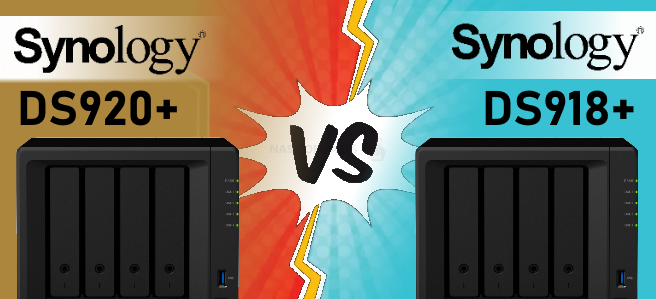
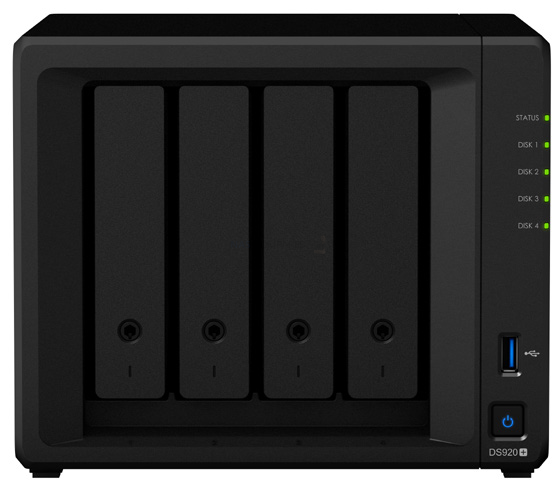
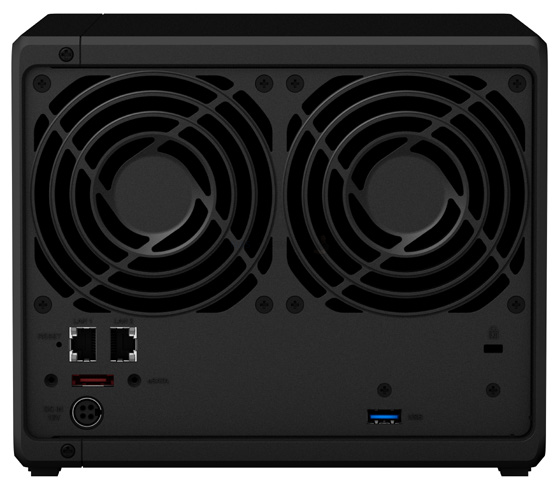
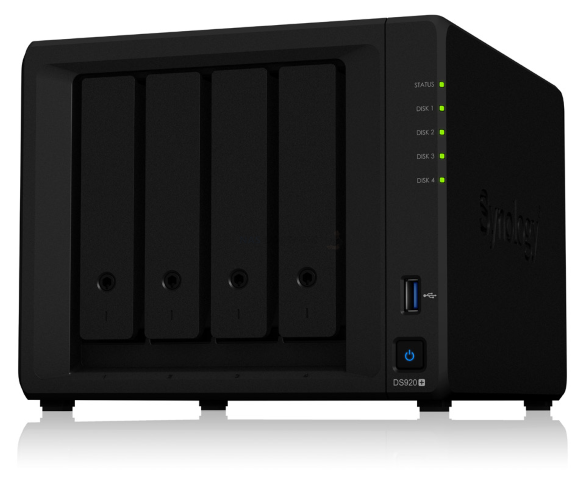
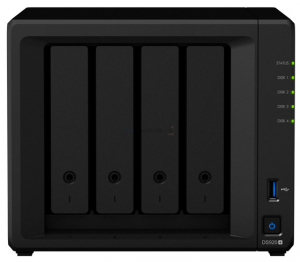
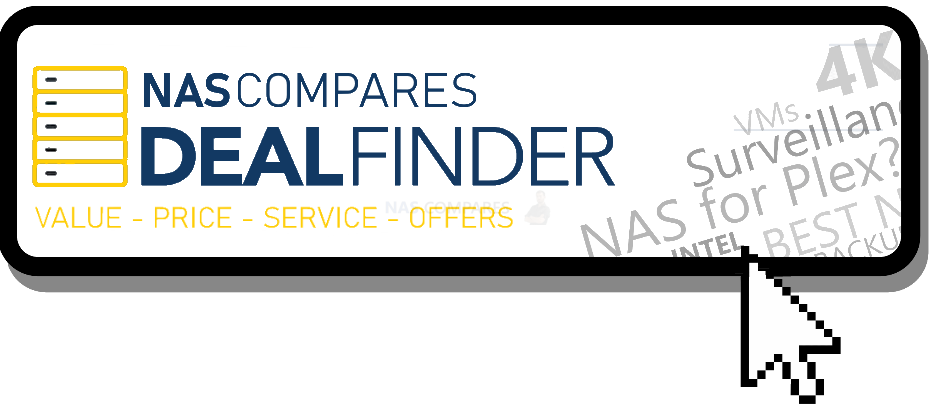



Are the x265 issues still relevant today or are the the same now?
Not on the older models like these. But new models (x23) have difficulties playing h265.
Cheers mate! Thanks for the response, might want to update the article as this still shows up in google results 🙂
I don’t know who actually uses both systems like I do. As I have both units in service. I will admit the 920+ seems a slight bit peppier. But the 920+ also has one major slow flaw. It doesn’t handle video encoding well. And even the H265/264 is so bad in the 920+, I like my older 918+ for that application. So if you do alot of video editing. I don’t suggest the 920+, and try to get a good used 918+. If you don’t do video editing. The 920+ is ok.
The DS918+ costs even more than the newer one in my country…why?
REPLY ON YOUTUBE
Am I correct to assume that the H265 issue is only true if I’m using the PLEX features (or similar) included with the NAS, but if I’m using the NAS as an external drive and viewing the video files with a HTPC software (like KODI or VLC) it won’t make any difference as the h265 files are decoded by the latter software?
I have 16GB in my DS918 .. so max 8GB is not correct information. Maybe its not supported but its working fine.
H.265 is fully supported on Intel UHD 600.. see e.g. https://www.notebookcheck.com/Intel-UHD-Graphics-600-GPU.271402.0.html
Thanks for the great article !
I want to buy a 4 drive nas to plug it to my popcorn a400 on an old tv.
My usage will be watching my movies, photos and listening to my music.
I also want to consume my movies on my iPad and MacBook.
We will be potentially 4 persons to consume content from the nas at the same time.
If the 920+ does dot manage h265, should I buy a 918+ ?
Thanks a lot for your answers !